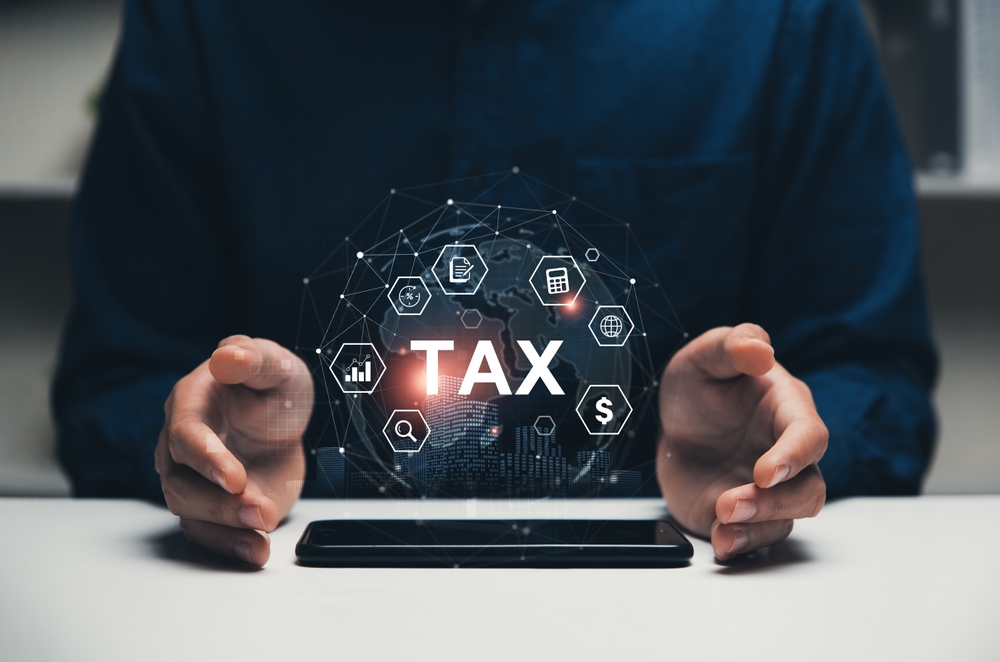The House Rent Allowance (HRA) is one of the most common allowances included in salary structures. If you rent from a landlord, you can claim an HRA allowance.
What is HRA?
HRA is the House Rent Allowance that salaried employees receive from their employers. HRA is a common instrument used to claim income tax exemption when filing an income tax return, or ITR. Therefore, an error-free HRA calculation is very important when filing ITR.
House Rent Allowance (HRA) is one of the most common allowances received by salaried employees. If you pay rent to a landlord, who could also be your parents, you may be eligible for a tax break on the rent.
The ITR-1 form corresponds to the Form-16, which salaried employees receive from their employers as a TDS certificate. As a result, claiming the HRA exemption is easier because you only need to copy and paste the information from Form-16 into ITR-1.
How do I claim an HRA tax exemption?
Once you’ve completed the HRA calculation, you can follow the steps outlined below to claim a tax exemption on HRA.
(i) If the rental agreement or rent receipts are presented to the employer.
If you have submitted a rental agreement or rent receipts to your employer, the tax-exempt portion of the HRA you received can be found on Form 16. Depending on which of the conditions/criteria for claiming HRA exemption you meet, you may be able to claim the entire HRA you received during the fiscal year as tax-free or only a portion of it.
When submitting rent agreements or rent receipts to your employer, you must also include your landlord’s PAN if the annual rent exceeds Rs 1 lakh.
“The taxable portion of the HRA will be added to your salary in accordance with section 17(1), under the heading ‘Gross Salary’. On the other hand, the tax-exempt portion of HRA will be shown separately under the heading Allowances to the extent exempt under Section 10”. According to the experts.
If you file your tax return using ITR-1 on an e-filing website, the amount of HRA exempt from tax, if any, will most likely be pre-filled. It is recommended that individuals cross-check the pre-filled information with the available documents, as described in Part B of Form 16.
If these details are not pre-filled or you want to file your ITR using the Excel utility, you should report them as follows:
a) Taxable portion of HRA
As previously stated, the taxable portion of HRA is already included under the heading ‘Salary as per provisions in section 17(1)’. You simply copy the amount from Part B of your Form-16 and paste it into the appropriate section of the ITR-1 form. The required information will be pasted into the ITR-1 form’s ‘Salary as per section 17’ field.
b) Tax-exempt portion of HRA
The tax-exempt portion of HRA can be reported on the ITR1 under the heading ‘Allowances exempt u/s 10′. Choose ’10(13) – Allowance to meet expenditures incurred on house rent’ from the dropdown menu.
You must copy the tax-exempt portion of HRA from Part-B of Form-16, ‘Allowances exempt under section 10’, and paste it into the appropriate box in the ITR.
(ii) If the rental contract or rental receipts are not submitted to your employer.
If you have forgotten to submit the rent agreement or rent receipts to your employer, you must manually calculate the tax-exempt portion of the HRA you received. This is because your employer has assumed that the entire HRA benefit you receive is taxable. Click here to use our HRA calculator to determine the tax-exempt portion of your HRA.The tax-exempt portion of the HRA (HRA Calculation) can be explained using the example below.
Example of HRA Calculation
Assume you live in a rented flat in Delhi (metro city), with a monthly rent of Rs 15,000. You forgot to submit the rental agreement to your employer, which resulted in a higher TDS deduction. Your basic monthly salary is Rs 50,000, with your employer providing a monthly HRA of Rs 20,000. This means that your monthly in-hand receipt from your employer is Rs. 70,000.
According to experts, the first step in claiming the HRA exemption is to determine how much of the allowance is taxable. The minimum tax-exempt portion of the HRA received will be calculated using the following rules:
a) Actual HRA received. (Rs 20,000 x 12 = Rs 2.4 lakh).
b) 50% of basic salary if living in the metro or 40% for non-metro cities (Rs 50,000 x 50% x 12) = Rs 3 lakh.
c) Rent paid in excess of 10% of basic annual salary [(Rs 15,000 – 50,000 X10%)*12 = Rs 1.2 lakh].
The tax-exempt portion of the HRA is Rs 1.2 lakh, while the remaining Rs 1.2 lakh is taxable.
Once you’ve calculated the tax-exempt portion of your HRA, you must claim it on your income tax return. Remember to choose the correct ITR form, as choosing the wrong one will result in your return being deemed defective and requiring you to file it again.
The reporting will proceed in a similar manner. Remember, however, that the tax-exempt portion of HRA must be deducted from the ‘Salary as per provision under section 17’.
What happens if you forget to claim the HRA exemption?
If you forgot to submit the documents, such as the rent agreement or rent receipts, to your employer, don’t worry; you can still claim the tax-exemption benefit available on HRA when filing your Income Tax Return (ITR).
However, keep in mind that in this case, you will be required to manually calculate the amount of HRA (HRA Calculation) you receive, which is tax-exempt.
According to the experts, “Because you did not submit the HRA documents to your employer, your Form-16 will show the HRA portion of your salary as fully taxable.” This means that the taxable amount of your salary, as shown on Form-16, will be higher than the HRA Calculation you made.”
Important Points about HRA
Even though you are not required to send any documents to the department when filing your ITR, the tax department may request proof of the HRA exemption claimed during the processing of your ITR.
“If your annual rent payment exceeds Rs 1 lakh, the department may ask you to provide your landlord’s PAN details as well. If you are paying rent to your parents, it is best to make payments through banking channels, as these payments will also be reflected in their (the parent’s) ITR,” Soni adds. Therefore, keep the proof of HRA exemption handy in case the department asks for it.
Finally, HRA calculations must be done correctly. If the HRA calculation is accurate, you will be able to easily calculate the HRA exemption.
Eligibility Criteria for Claiming HRA Exemption (If HRA Component is Included in Salary Structure)
Here are a few basic requirements for claiming HRA exemption.
You should be a salaried employee.
You should stay in a rental property.
You should include the HRA component in your salary structure.
Eligibility Criteria for Claiming HRA Exemption (If HRA Component is Not Included in Salary Structure)
Individuals who do not have the HRA component included in their salary structure may also claim HRA exemption. This claim may be processed under Section 80GG of the Income Tax Act. Here are the eligibility criteria.
You should pay rent on a rented property.
You are salaried or self-employed.
You and your spouse, or HUF, should not have a residential property in the area where you have rented an apartment.
No HRA deductions were received during the fiscal year for which you are claiming the HRA exemption.
When claiming an HRA exemption under Section 80GG and stating that you live in a rented property, you are not entitled to the benefit of self-occupied property on any of your properties, regardless of location.
Documents Required to Claim Exemption from HRA in Tax Return
The documents required to claim an HRA exemption on your tax return are listed below.
Rent Receipts: Rent receipts to be submitted for HRA exemption claims must be properly stamped. There should also be all rent payment details, such as the tenant’s name, landlord’s name, rent amount, property address, and duration of stay.
Rental Agreement: A copy of a valid rent agreement is also required when claiming HRA exemption on a tax return.
Landlord’s PAN Card: This is one of the mandatory documents needed to file an HRA claim if the annual rental amount exceeds Rs. 1,00,000.
HRA Declaration: Most employers request the amount of HRA received as well as information about the tenant’s rental expenses. They use this information to determine the eligible HRA exemption amount for income tax deductions.
















